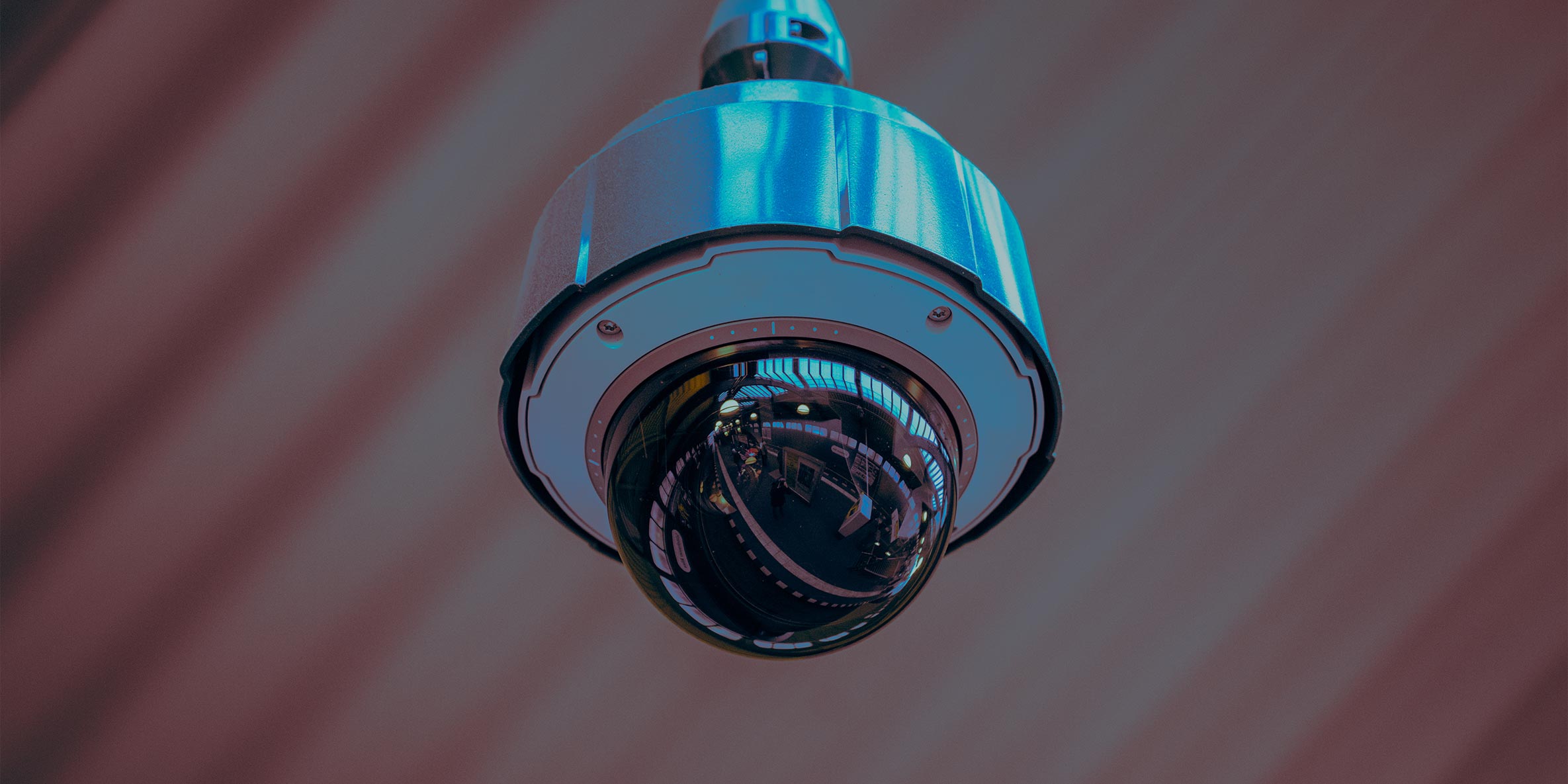School security has changed quite a bit over the past decade, with internal and external threats dramatically increasing the need for security. It’s paramount to implement measures that provide peace of mind to all members of the school community.
To keep your school protected, we’ve highlighted four specialized security products and services to consider.
1. Visitor Management
Visitor management is a popular security practice among U.S. educational institutions.
According to a report by the National Center for Education Statistics, 90 percent of students ages 12 to 18 said they observed a form of visitor management used in their school.
Visitor management is a system that logs guests and deliveries by gathering individuals’ information and photos. This specialized security solution helps protect your school by keeping visitors out of restricted areas and also logging who accesses those areas.
Consider a visitor management system that has the ability to:
- Log in guests and deliveries.
- Capture visitors’ credentials.
- Take photos of visitors.
- Create temporary access cards.
- Utilize video surveillance for records and analytics.
When paired with access control technology, visitor management can further restrict areas of the school even when these areas are unattended.
2. Emergency Alert Notifications
Strong communication is key during an emergency because it helps manage the crisis quickly and efficiently. To improve communications during a school crisis, implement an emergency alert notification system (EANS).
EANS discreetly alerts administrators and security personnel of a serious threat via SMS text message, email or phone. Messages are customizable and can be triggered online, by phone or in an automated process. Linked with your school security system, your EANS will keep everyone in the loop during an emergency.
3. Mass Notifications
Did you know the average student size for public schools in the U.S. is 503?
It can be extremely difficult to send school-wide notifications to that many students, plus faculty and parents, during an emergency. That’s why many schools utilize a mass notification system.
This system notifies parents, educators and your district of a severe threat and can also alert relevant personnel of cancellations or delays during severe weather conditions.
4. Emergency Phones
Another way to improve communication during a crisis is through emergency phones. When placed strategically inside and outside the school, emergency phones provide a way for students, visitors and faculty to contact help.
Dealing with an emergency at an educational institution can be difficult. However, the right security technology can help mitigate risks.



